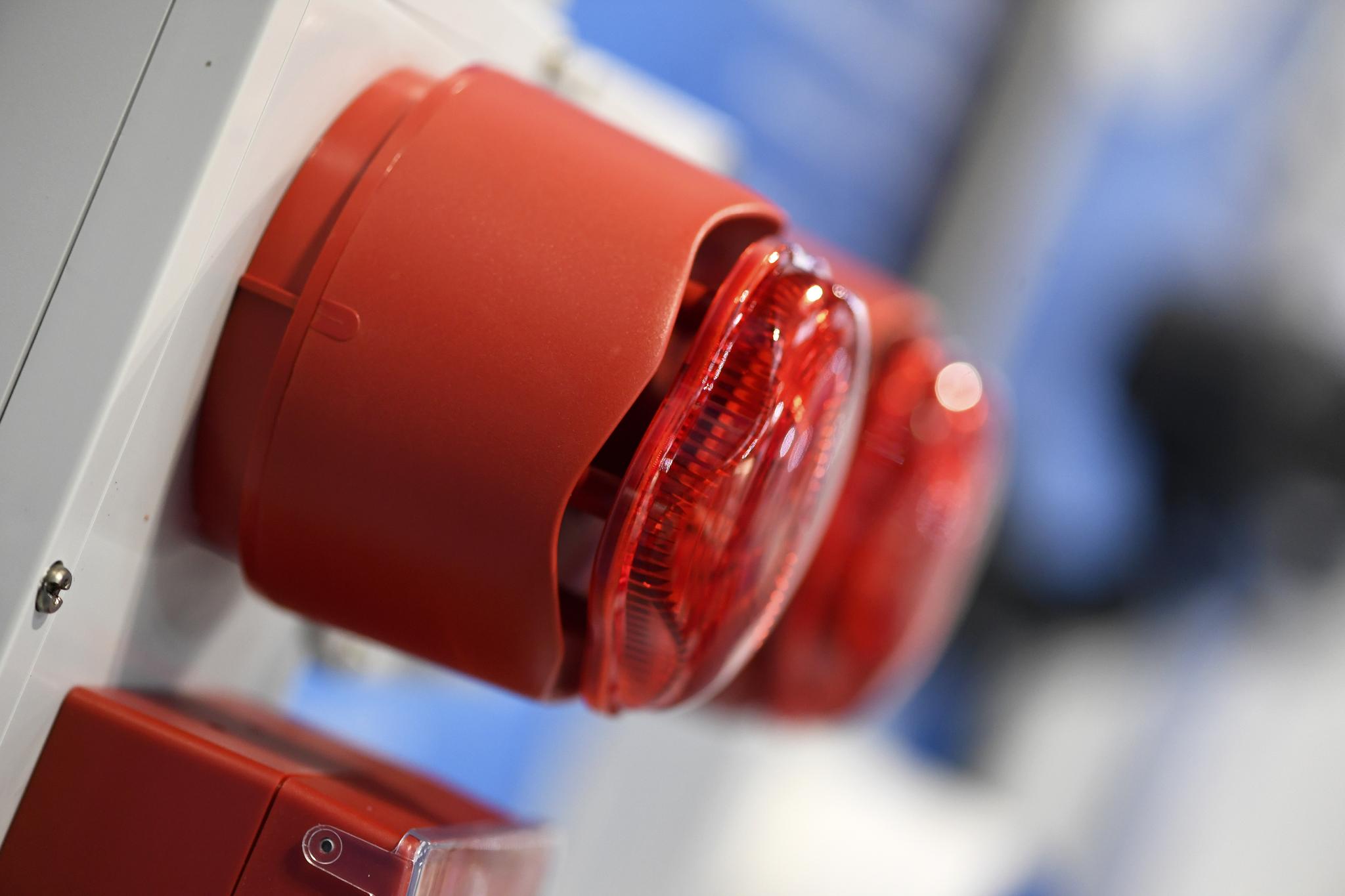Demystifying Commercial Fire Door Regulations in the UK
)
Who is Responsible for Fire Doors in Commercial Buildings?
In accordance with The Regulatory Reform (Fire Safety) Order 2005, building operators in the UK should appoint a person responsible for handling the fire safety aspects of a commercial building. This ‘Responsible Person’ can be the landlord or an employer within the building. Their duties include recording a fire risk assessment in full, recording their fire safety arrangements and ensuring fire safety provisions are regularly inspected and maintained.
What are Commercial Fire Door Regulations?
In all commercial buildings, fire doors are mandatory as per the Fire Safety Order. The rules and regulations apply to new and existing buildings, but the two differ slightly.
New Buildings
As set out in the government-approved fire safety Document B, all new commercial premises must contain fire doors as per the compartmentation plan drawings. All new or changing buildings must meet minimum construction standards and maximise fire protection. Document B states that all fire doors in new buildings or those changing use should conform to British or European Standards, such as BS 476-22:1987 or BS EN1634-1:2014.
The Fire Safety Order governs all fire safety measures in properties in the UK, with Regulation 38 of the Building Regulations 2010 stating that when changing the use of a building, all relevant documents and updates relating to fire doors must be shared with the responsible person.
Existing Buildings
The Fire Safety Order applies to existing buildings in which compliance with the regulations is a legal requirement. This regulation covers all public buildings, from places of employment to entertainment venues, and only excludes private homes.
The responsible person should conduct fire risk assessments regularly, legislation doesn’t set a specific timeframe on FRA’s, but it is recommended that a commercial fire risk assessment should be carried out on an annual basis to gauge the risk of fire on a premises. Although ideally every 6 months to ensure any changes in staffing, layout and operational considerations.to ensure all existing fire doors meet legal fire protection standards. As per section 17 of the Fire Safety Order, responsible persons must ensure that all fire doors are "subject to a suitable system of maintenance and are maintained in an efficient state, in efficient working order, and in good repair.”
Fire Doors in a Commercial Building
Fire doors are crucial in slowing the spread of a fire and, therefore, should be built by a certified manufacturer. Fire doors must provide fire resistance for at least 30 minutes, giving occupants precious time to escape via a designated route or to a safe area. There are many standards a door needs to meet to be considered an effective fire door:
-
A fire door will be rated FD30 or FD60, providing 30 or 60 minutes of fire resistance, respectively.
-
Fire doors should contain an intumescent seal, usually a graphite substance that swells when heated to prevent fire or smoke from leaking out the door edges. The gap between the door and the frame should be between 2-4mm for the intumescent seal to cover the door edges in the case of a fire.
-
Doors should be self-closing and kept closed at all times. In some cases, fire doors can be held open with a retainer hold open device that closes the door in the event of a fire.
-
Hinges must have the same fire-resistance rating as the door itself. Fire doors usually require 3 hinges for FD30 and FD60 doorsets.
-
Glazing needs to be fire-safe. Glazing must offer the same fire-resistance rating as the door and its other components. For adequate protection, all parts must abide by the same fire rating.
Fire Door Placement
In commercial properties, the placement of fire doors will depend on the structure of the building. Occupants must escape the building vertically or horizontally during a fire, the safest route, as determined by a fire risk assessment and fire evacuation strategy plan. The fire risk assessment will also determine each door's fire rating. For whichever route the occupant must take to leave the building, there should be fire-rated doors that pave the way to maximise safety.
Installation Regulations for Fire Doors
As fire doors are an integral part of a passive fire protection system, they should be installed by a certified installation company so that you can have the utmost confidence that they will provide you with the necessary protection in the event of a fire.
COMMERCIAL FIRE DOOR REGULATIONS FAQ
What is the difference between a fire and a regular door?
The purpose of a fire door is to compartmentalise a fire to one room, slowing the spread of fire and allowing occupants to escape the building. A fire door and its components are designed to a specific fire rating; standard doors cannot compartmentalise fire and protect the occupants and the property until the fire brigade arrives.
Do all office doors need to be fire doors?
Not every door within a commercial building is required to provide fire resistance, it is important to check compartmentation line drawings to ensure compliance with the fire strategy of the building.
How do I find out if my door is a fire door?
A fire door will have a certification label on the top edge of the door leaf. If present, the label will contain information such as the manufacturer's name, telephone number, certification number, and fire rating (FD30).
Choose LFS to Assess Your Commercial Fire Door Needs
As fire doors are a legal requirement in all non-domestic properties, fire doors with an appropriate fire rating must be installed across your commercial property. Do not worry; conducting a fire door inspection survey and correctly installing the required fire doors on your commercial property can be easy with LFS. At LFS, we are dedicated to putting fire safety at the heart of our services. Contact us today for more information - info@lfsfire.co.uk


.png)
.png)
.png)
.png)

